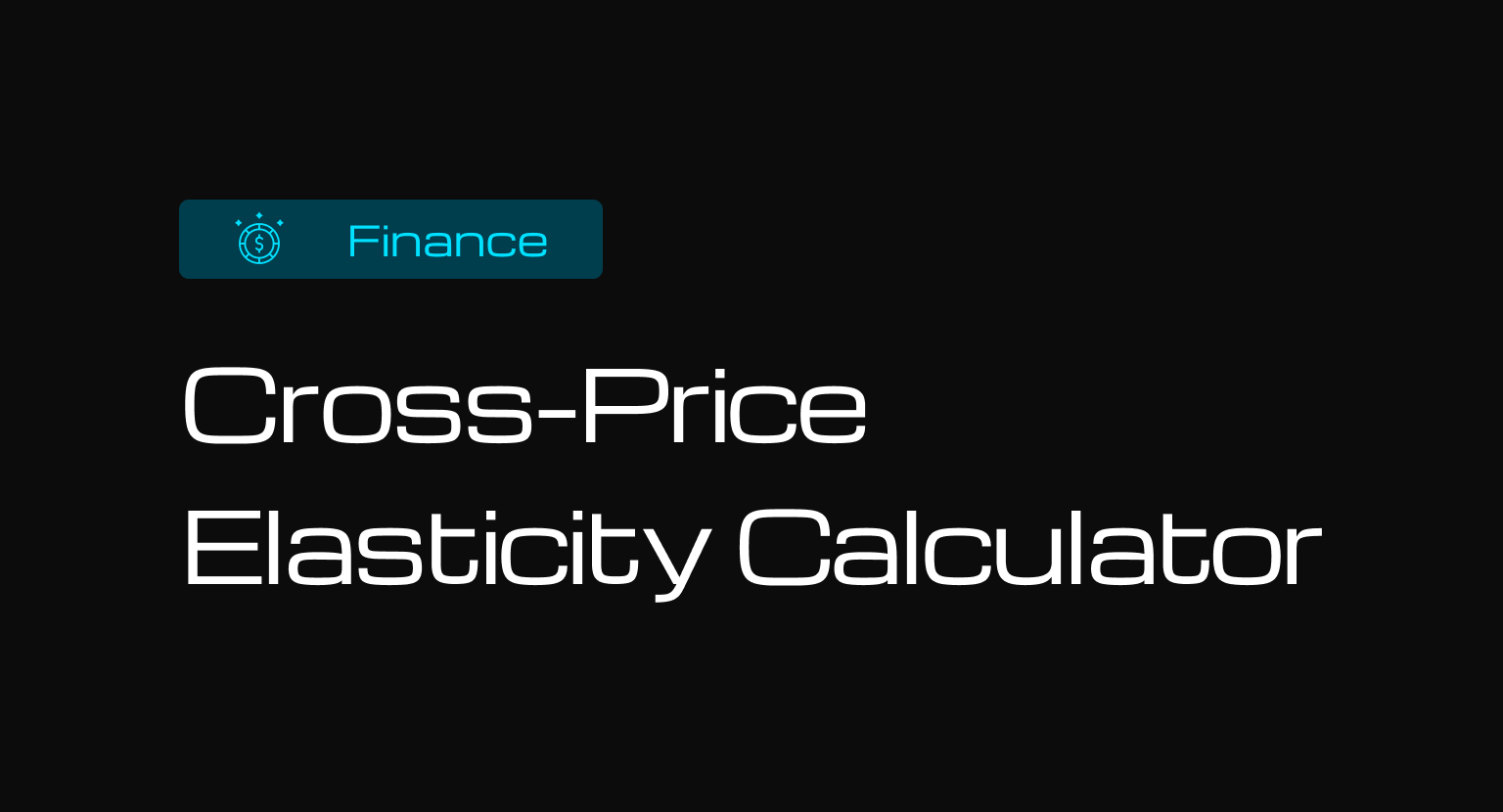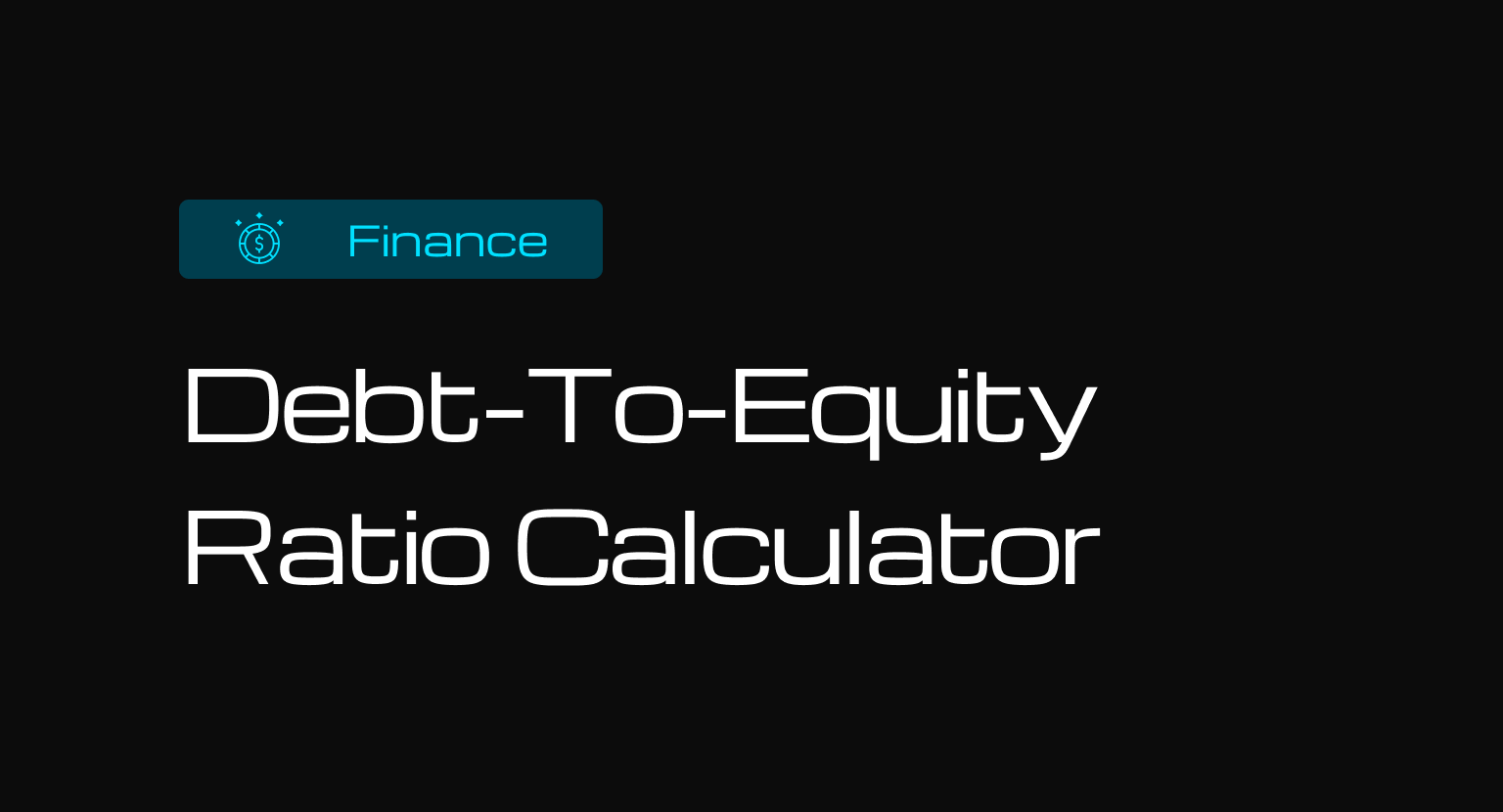CAGR & Compound Growth Calculator
Calculate the compound annual growth rate and final value using our calculator. Select a compounding frequency from daily, monthly, quarterly, semiannually, annually, or continuous.
How to Use this Calculator
- Enter your Initial Investment Value (any amount in dollars)
- Input the expected Annual Growth Rate (as a percentage)
- Specify the Number of Years you plan to invest
- Select your preferred Compounding Frequency from the dropdown
- Click “Calculate Compound Growth” to see your results
The calculator will instantly show you:
- Your final investment value
- The effective annual growth rate (CAGR)
- Detailed calculation breakdown
What is Compound Growth and CAGR?
Compound growth happens when your money grows not just on your initial investment, but also on the gains you’ve already earned. Think of it like a snowball rolling down a hill – it gets bigger not just because of the new snow it picks up, but because its larger size helps it collect even more snow.
CAGR, or Compound Annual Growth Rate, tells you the steady rate at which your investment would need to grow each year to reach its final value. It’s like finding the average speed of your journey, even if you drove at different speeds along the way.
The formula for CAGR
CAGR represents the smoothed annual rate of return needed to grow an investment from its beginning value to its ending value over a specified time period. It’s particularly useful when comparing investments with irregular growth patterns.
The formula for CAGR is:
CAGR = (Final Value / Initial Value)1/Years – 1
The Mathematics Behind Compound Growth
Discrete Compounding Formula
Most investments use discrete compounding, where interest is calculated and added at specific intervals. The formula is:
Final Value = Initial Value × (1 + r/n)(n × Years)
Where:
- r = Annual rate (as a decimal)
- n = Number of compounding periods per year
Continuous Compounding Formula
Some financial models use continuous compounding, which represents the theoretical limit of compounding frequency. Its formula is:
Final Value = Initial Value × e(r × Years)
Where:
- e ≈ 2.71828 (Euler’s number)
- r = Annual rate (as a decimal)
Compounding Frequency: How Often Matters
The frequency of compounding can significantly impact your investment’s growth. Generally, more frequent compounding leads to greater returns.
Practical Example
Let’s compare different compounding frequencies for a $10,000 investment with a 7% annual rate over 10 years:
- Annual compounding: $10,000 becomes $19,672
- Monthly compounding: $10,000 becomes $20,012
- Daily compounding: $10,000 becomes $20,137
- Continuous compounding: $10,000 becomes $20,138
While the differences might seem small at first, they grow substantially with larger principal amounts and longer time periods.
When to Use CAGR
CAGR is especially valuable when:
- Comparing investments with different time horizons
- Evaluating investments with volatile or irregular returns
- Determining the consistent growth rate needed to reach financial goals
Practical Example
Consider three investors who each invest $10,000 at 7% annual compound interest:
- Investor A (age 25) invests for 40 years, resulting in $149,745
- Investor B (age 35) invests for 30 years, resulting in $76,123
- Investor C (age 45) invests for 20 years, resulting in $38,697
Investor A’s additional 10 years resulted in nearly double the final amount compared to Investor B, despite only investing the same $10,000.
Strategies to Maximize Compound Growth
- Start as early as possible: Even small amounts can grow significantly given enough time
- Reinvest dividends and interest: Ensure all returns are working for you
- Increase contribution rates: Regular additional investments amplify the compounding effect
- Minimize taxes: Use tax-advantaged accounts when possible
- Control investment costs: High fees can significantly erode compound returns
FAQs About Compound Growth
Q. How does inflation affect compound growth?
Inflation reduces the real value of money over time. When calculating the actual purchasing power of your investments, subtract the inflation rate from your investment returns to find the real rate of return.
Q. Is compound interest guaranteed?
No. While the mathematical principle of compounding is certain, investment returns vary based on market performance, interest rates, and other factors. Past performance doesn’t guarantee future results.
Q. How do taxes impact compound growth?
Taxes can significantly reduce the effective rate of compound growth. When investments generate taxable income, that money can’t be reinvested, reducing the compounding base. Tax-advantaged accounts like 401(k)s and IRAs help mitigate this effect.
Q. What’s the Rule of 72?
The Rule of 72 is a simple way to estimate how long it will take to double your money. Divide 72 by your annual return percentage to find the approximate years needed. For example, at 8% annual return, your money will double in about 9 years (72 ÷ 8 = 9).
Conclusion
Understanding compound growth is fundamental to successful long-term investing. By grasping the principles outlined in this guide and utilizing tools like our Compound Growth Calculator, you can make more informed financial decisions that harness the power of compounding.
Remember that time is the most critical factor in compound growth. The sooner you begin investing, the more you can benefit from this remarkable mathematical principle. Whether you’re saving for retirement, education, or any other financial goal, compound growth can help turn modest, consistent investments into substantial future wealth.


